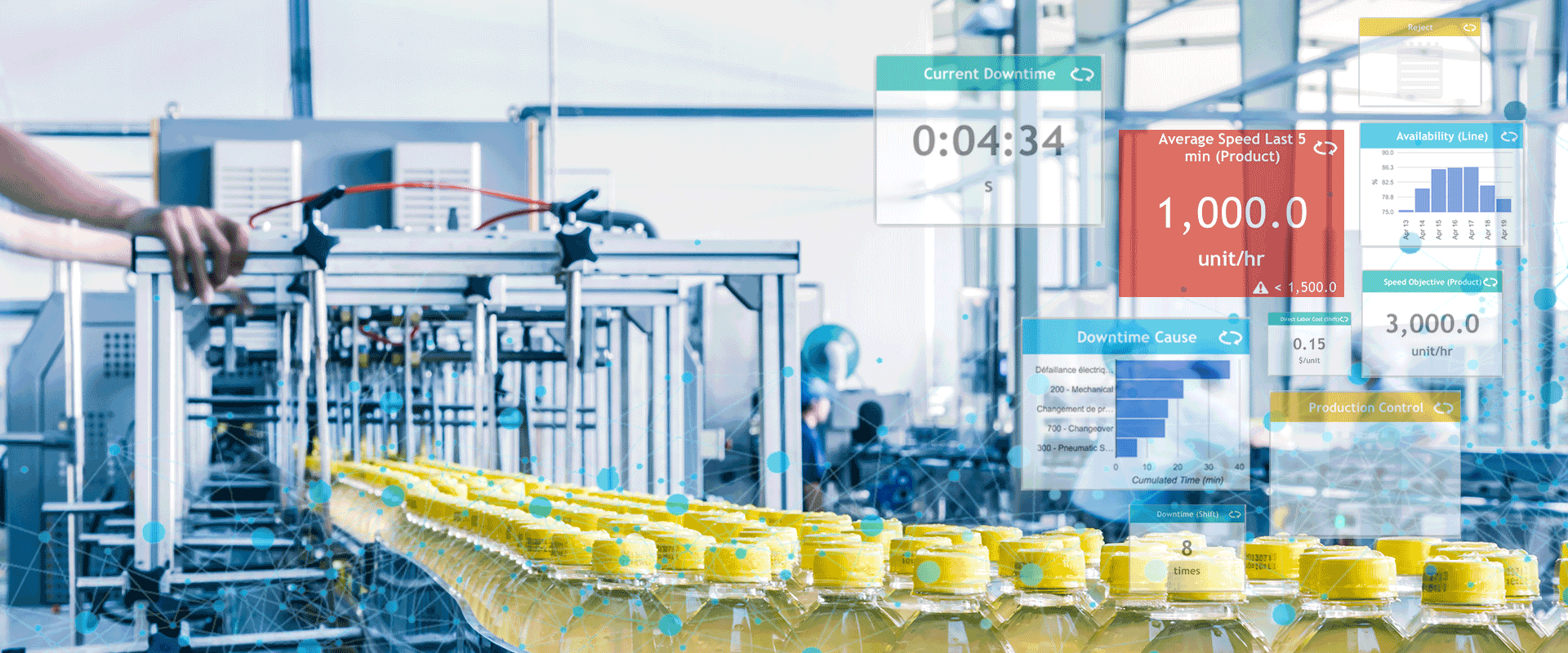Despite the era of major technological advancements we are in, the food industry has a reputation of being laggards in terms of technology adoption. However, with the rise of disruptive startups focusing on Industrial Internet of Things (IIoT), Software as a Service (SaaS) and Artificial Intelligence (AI), we are beginning to witness major shifts in the industry that are speeding up the adoption rates.
An article published in Food Industry Executive highlights six ways in which AI currently impacts the food industry or how it will soon be affected. They are the following:
- Food sorting
Sorting the fresh produce received is amongst the most laborious tasks faced by food manufacturers. With the help of AI and machine learning through cameras and near-infrared sensors, for example, food can be seen from a consumer standpoint and be sorted accordingly. This eventually leads to time savings, a higher yield, a reduction of waste and increased quality.
- Supply Chain Management
Accurately managing its supply chain represents an important challenge and priority for food manufacturers. With the use of AI to improve supply chain, it will allow for continuous safety monitoring and product testing, more precise price and inventory forecasting as well as product tracking from farm to consumer.
- Respect of Hygiene Procedures
Adequate hygiene and safety is essential in any manufacturing facility. AI-powered solutions have reached a point where they can now use facial-recognition and object-recognition softwares to determine whether employees are wearing their equipment in accordance to food safety laws.
- New Product Development
With the data collected through machine learning and predictive algorithms, technology can model consumer behaviours and personal preferences, allowing to predict responses to new tastes and flavours. Through a deepened data segmentation, companies will be able to tailor their new products to the different groups of their target audience.
- Equipment Cleaning
Equipment cleaning is greatly consuming in terms of time and resources. Researchers are the University of Nottingham are currently working on a system that reduces cleaning time and resources by using ultrasonic sensing and optical fluorescence imaging to measure food residue and microbial debris present in pieces of equipment.
- Quality of the Grown Food
AI supports farmers in their operations by using data to concoct a formula for the most optimal crops through the monitoring of variables such as the amount of light, heat, salinity, water levels and more. It can also assist in the detection of diseases and pests, soil improvement, etc.
To read more on AI and these areas of improvement, click here.







